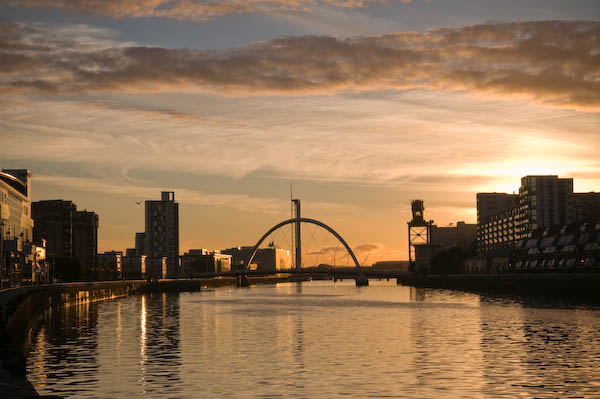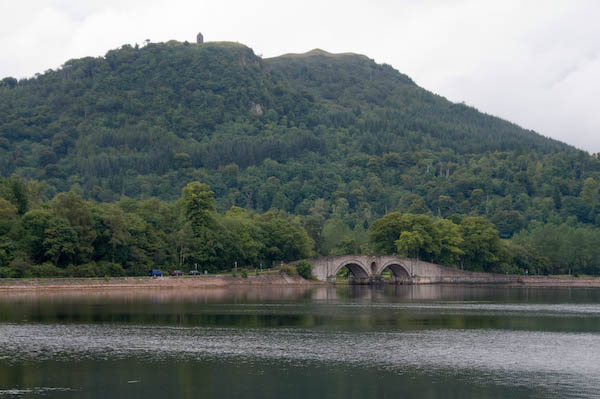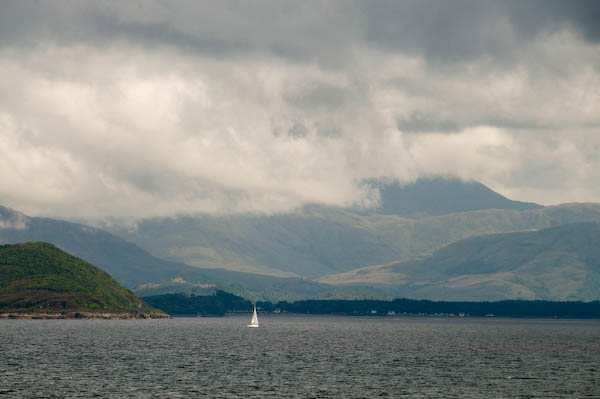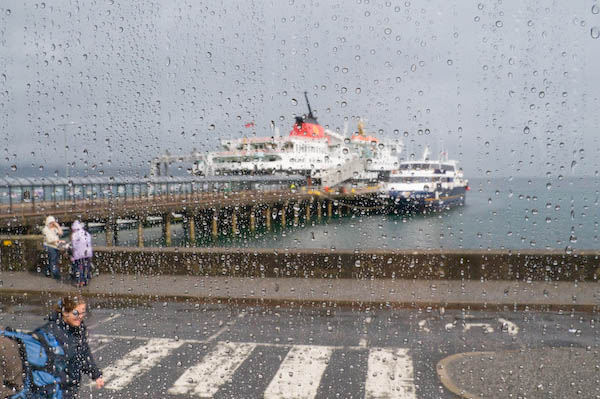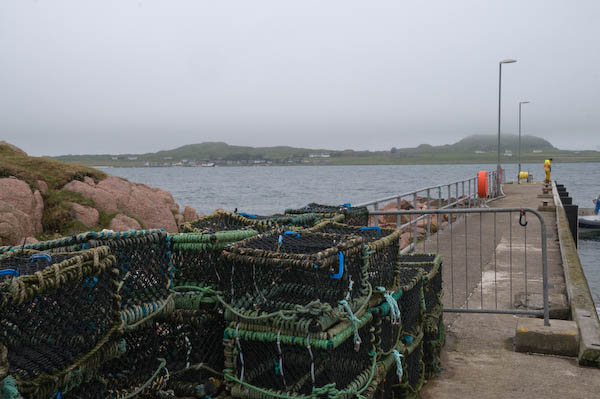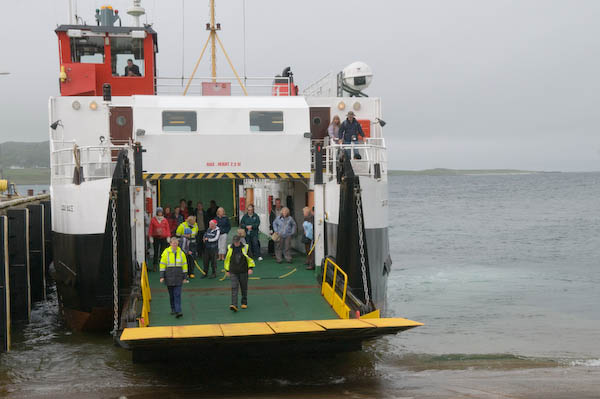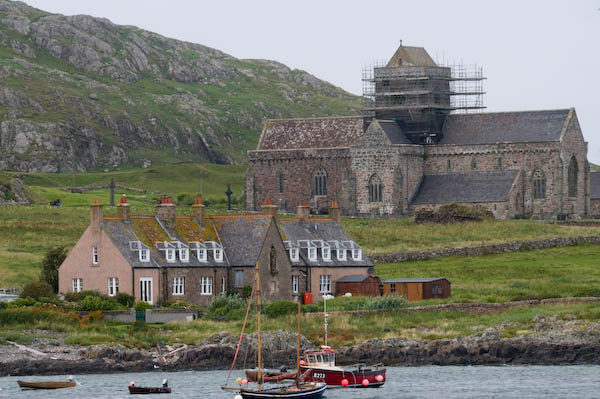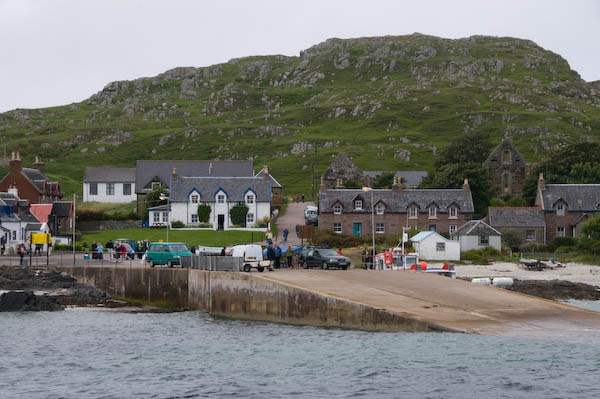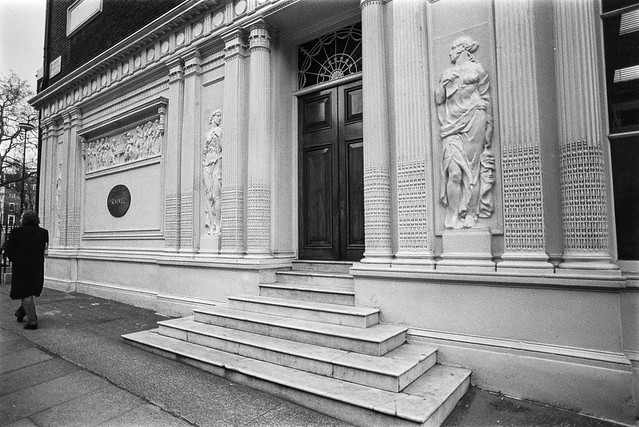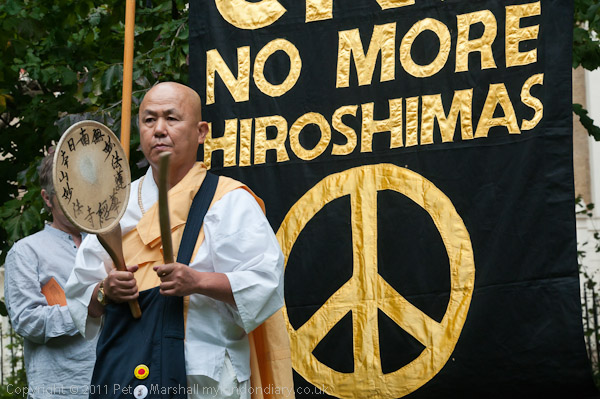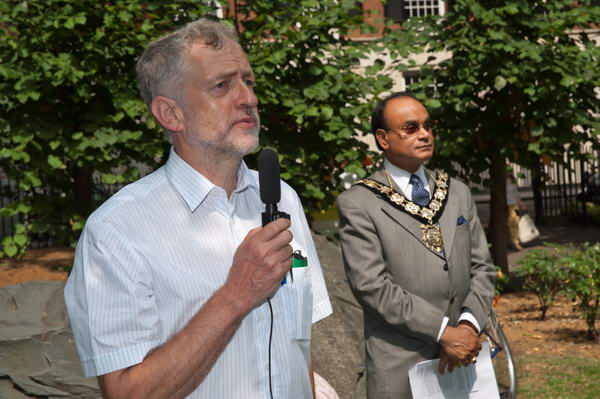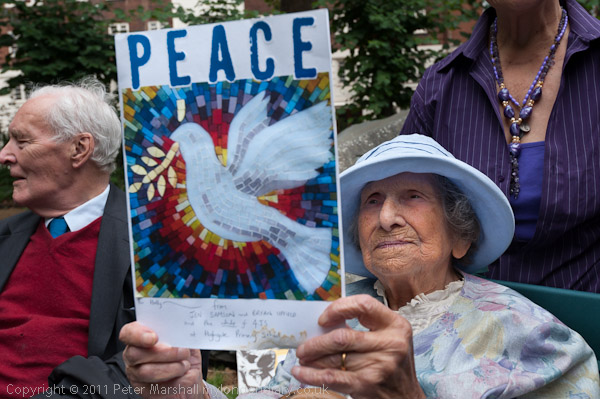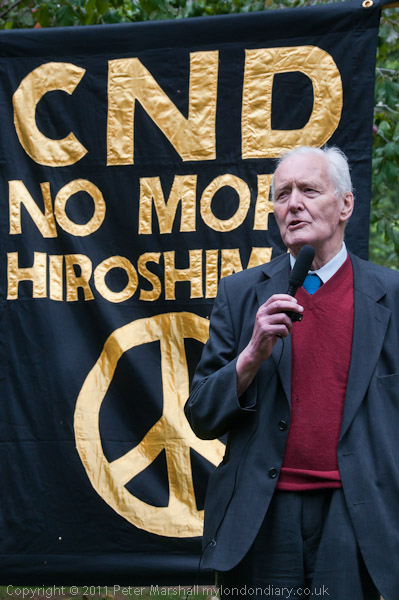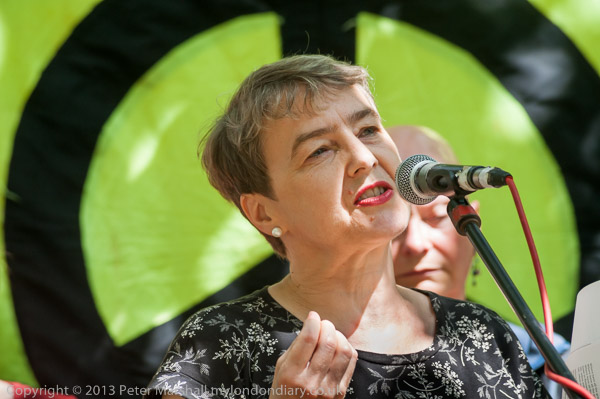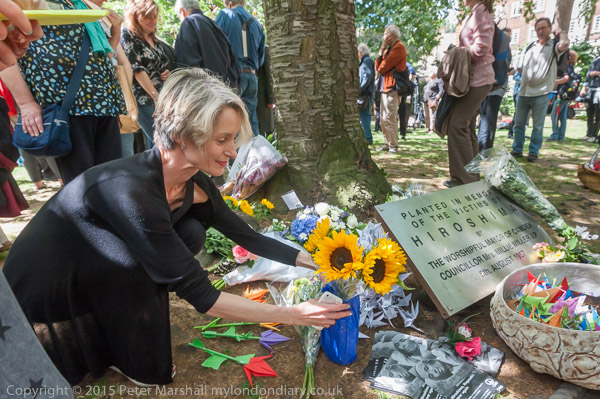There is another side to Marylebone, particularly to the north of the Marylebone Road, around Lisson Grove and Edgware Road. The trees are still there on the Green, and I think my tilted camera was an attempt to maximise their effect. The tower blocks at right, Hall and Braithwaite Towers, both 22 stories were commissioned by Paddington Metropolitan Borough Council, more or less identical blocks by R A Jensen, completed in 1966 and still standing, each with 80 flats, but Paddington College, opened here in 1967 was replaced by a new building for what is now City of Westminster College in 2011.
Ralfe Electronics was indeed ‘The “Famous House” for Electronic Components‘ and a company of that name still exists, but is now in Watford. They were at 10 Chapel St, on the corner of Transept St, just a few yards from Edgware Rd (District) line station. Electronics geeks used to come from all over the country, if not the world, to shop here.
The bookmakers was in Crawford Place, a short street off the Edgware Road in the rather plusher area south of the Marylebone Rd, close to the Christian Union Almshouses. This building is still there, and in very much better condition. Built as a small hospital for the elderly and inform in 1899 it was converted into a dozen self-contained flats a few years after I took this picture. It still provides housing “for older or retired people in housing need, who are of the Christian faith“, particularly those “who live in, or have a strong local connection to the Boroughs of Westminster, Camden, or Kensington & Chelsea.“
The date on the houses in this small street off Lisson Grove is 1855, and they were Grade II listed a few months after I took this photograph. I think I was aware of these artisanal dwellings and Bell St from the drawing and writing of Geoffrey Fletcher – these cottages are drawn on p51 of his London Souvenirs (1973).
It was easy to walk past the entry to them without noticing, and I think it is now behind a locked gate.
Bell St here now has a very different character, with most of the shops including this second-hand book dealer now converted to residential properties. Back in 1987 it was difficult to walk along this street without being diverted into browsing the extensive stock in search of a bargain, though these were hard to find.
The first Turkish Bath in London was opened in this street by Roger Evans in 1860, but the area was described at the time as being densely crowded with a population lower than the ‘decent poor’ on the east side of Lisson Grove, with Bell St “the main stream of a low colony, with many tributary channels.”
One of my favourite pictures from this area shows the street and pavement outside Stirlings at 54 Bell St, a junk and scrap metal dealer with an extensive range and whose premises appear to need scaffolding. But it is the group of people in the doorway that provide much of the interest, as well as their backdrop.
Numbers on the street now go direct from 52 to 56, with no 54. The space of this shop and that on its right are now the Lisson Gallery, built to the designs of Tony Fretton shortly after I made this picture. The concrete pillar at left, part of a run-down single-storey building, continued to deteriorate until around 2010 when it was refurbished and in 2015 had two storeys added in a late Victorian manner that could be original.
More pictures of various areas of London in 1987.
All photographs on this and my other sites, unless otherwise stated, are taken by and copyright of Peter Marshall, and are available for reproduction or can be bought as prints.








